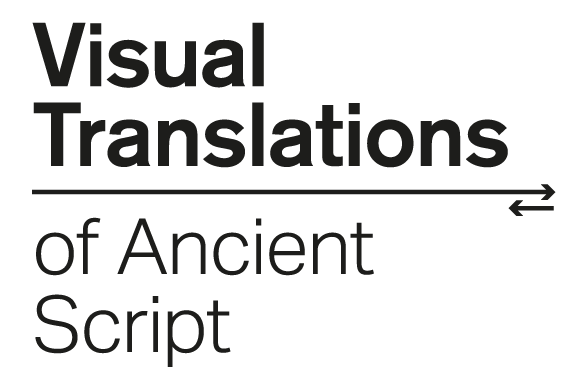Linear B Children’s’ Book
This illustrated book extends the narrative of Linear B from the factual to the speculated and imagined. The story was co-written by Georgia Flouda and it combines verifiable archaeological knowledge with a narrative that gives room to explore the possibility of the Linear B script influencing other ancient material practices such as weaving.
The book introduces this concept through the imagined story of a little girl called Alexandra, who lives near the palace of Knossos and is learning how to weave. The story poses the question as to whether it may be possible for traces of the scripts to have found their way into weaving patterns, on the basis of our current understanding of how a dominant material practice can usually be found in a variety of media present at the time. There is also some factual evidence that the scripts ‘lived’ on more media than just the clay tablets, as Linear B has been found to have been written with ink onto artefacts such as amphoras and clay pots. As the ink and brush approach points to a material practice in Linear B different to the scratching of it into the clay tablets, the likelihood of other applications presents itself. Some specialists have argued that Linear B would have also been practiced on parchment and there is some speculation as to whether it was also written on papyrus imported from Egypt. The latter are primarily circumstantial arguments, but for many creatives the idea that Linear B may have been used on all kinds of materials, seem entirely obvious based on their knowledge of their own creative processes and communities of practice.
Authors – Georgia Flouda and Melanie Levick--Parkin
Art--direction – Melanie Levick--Parkin
Book Design – Hayley Hatfield
Children book Illustrator:
Erica Finlayson
Linear B Kitchen Set
The kitchen set was inspired by the Linear B logo-grams, that describe foodstuff. It was developed with the idea that a kitchen set could be created to be played with or be integrated into adult kitchens. The designs were applied to a range of cooking related items, such as embroidery for aprons and oven mitts, wood based engraving for chopping boards and other utensils, and glass engravings for storage jars. The kitchen set has potential to be developed further. It currently presents a slightly more tangential and decorative approach in comparison to the rest of the project outcomes, which could be built on further in terms
of knowledge creation.
Textile Designer:
Abbie Gostelow

